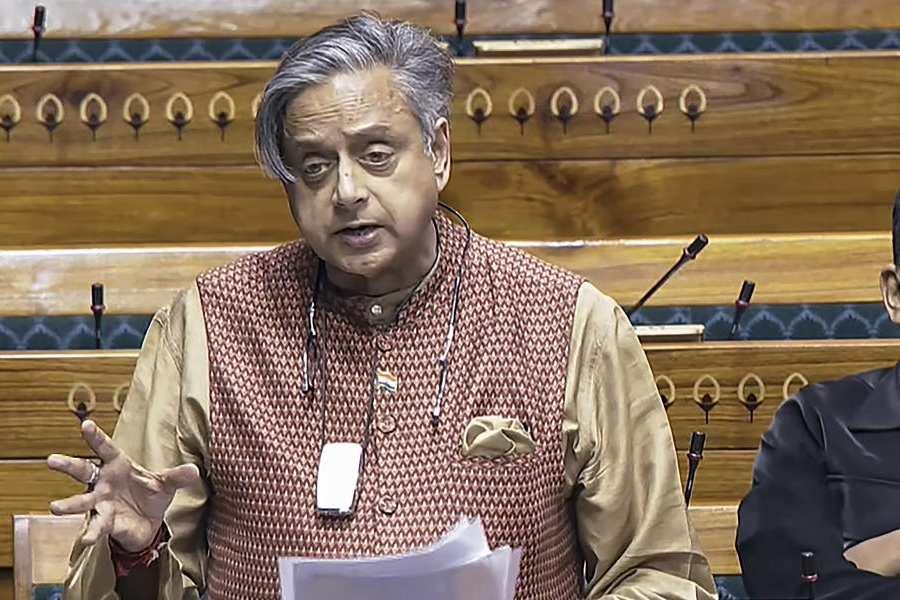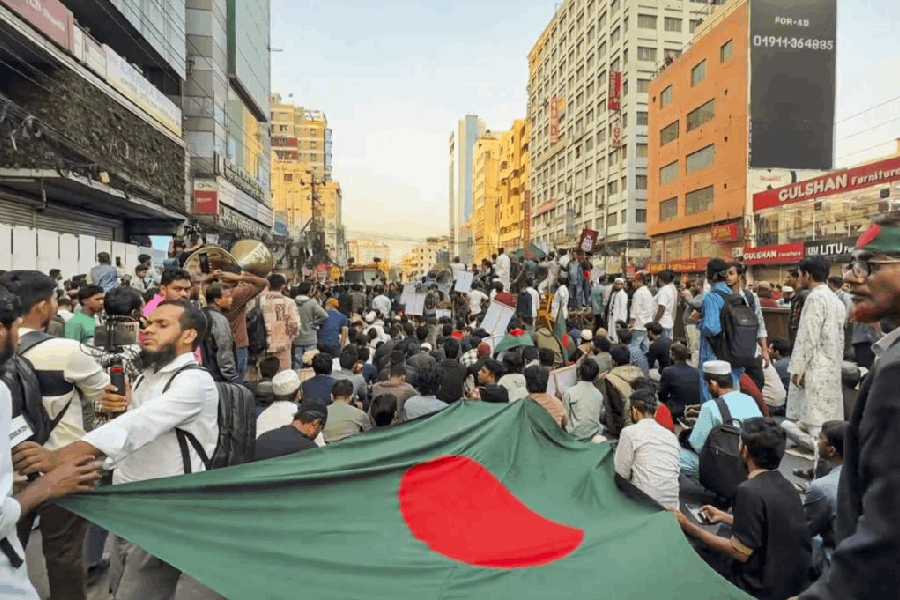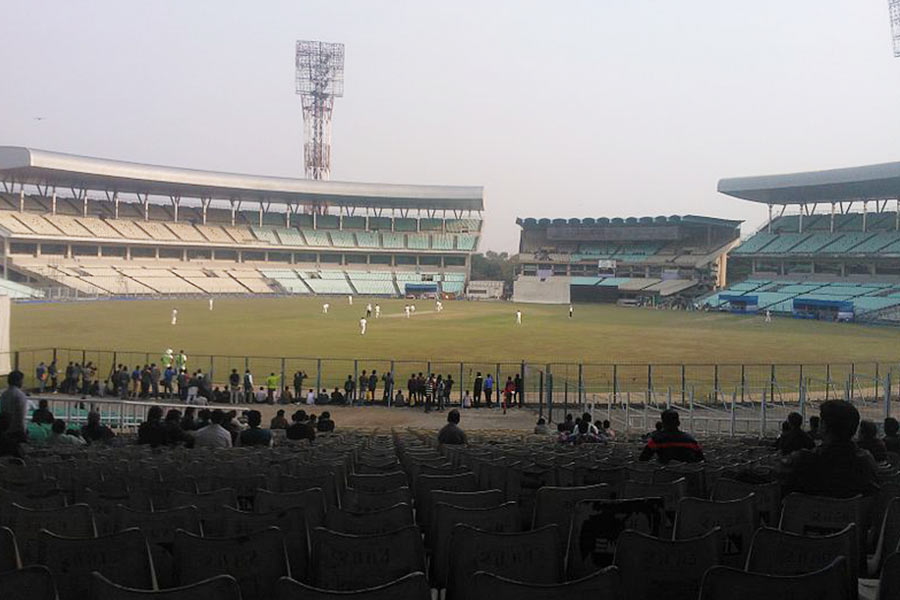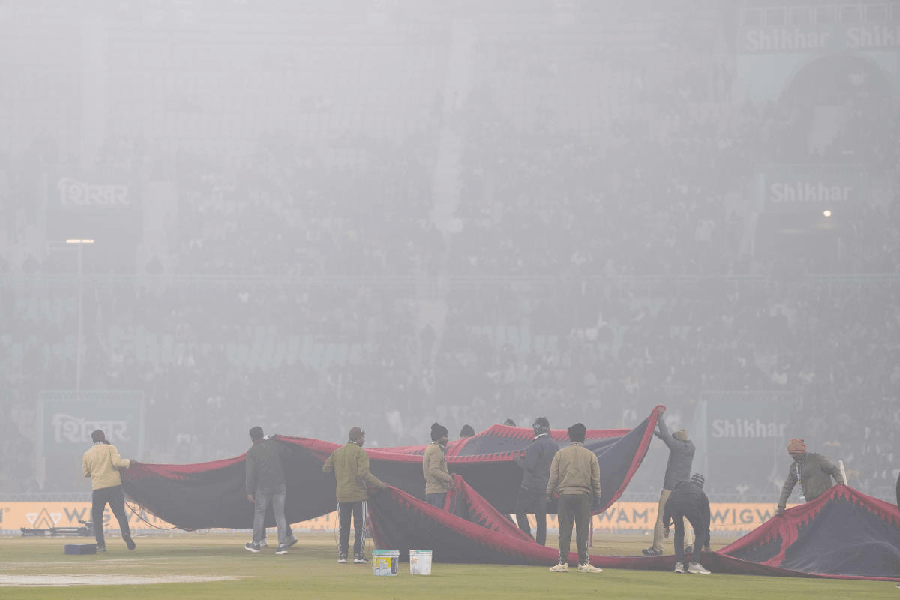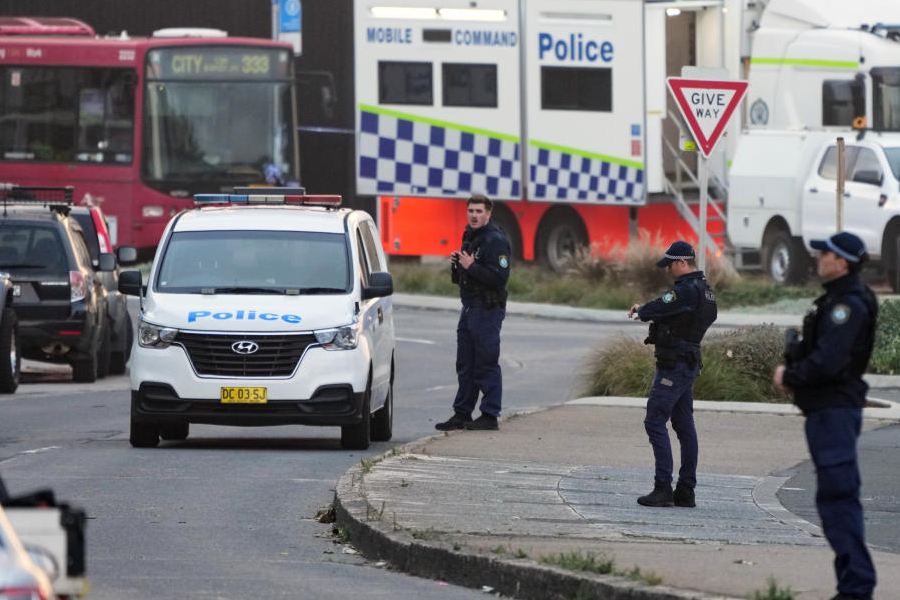 |
| Colours of life: Colonel Mordaunt’s Cock Match |
In the spring of 1783, a German-born painter who lived and worked in England decided to travel to India. Johan Zoffany, court painter to King George III and fellow of the Royal Academy, told his friend his intention was quite simply to “roll in gold dust”. He had been inspired by the famed riches of Bengal, the land from where Robert Clive had returned, covered in “estates and diamonds”.
Leaving his family in England, Zoffany set sail, reaching Madras in July. For six years he travelled between Calcutta and Lucknow, producing a vast number of canvases and sketches that provide an intimate look at the complexities of British rule in India in the 18th century.
His works on India, in a section called “Passage to India”, can be seen together in a new exhibition at the Royal Academy in London. Called “Johan Zoffany RA: Society Observed”, the first major display of Zoffany’s paintings seeks to radically re-evaluate the life and career of a man who often struggled to get his name included in the canon of great English artists that included Thomas Gainsborough, William Hogarth, William Hodges and Thomas and William Daniell.
“Important and extensive research has taken place over the three decades since the last Zoffany exhibition in 1977, culminating in the possibility of presenting a new exhibition about the artist, including recently discovered and reattributed works, especially from his early career in Germany (up to 1760) and his Indian period (1783-89),” exhibition curator MaryAnne Stevens says.
The curators had originally intended to include a small number of works from the Victoria Memorial in Calcutta — but finally couldn’t manage to do so. The works in the “Passage to India” section have been sourced from the Tate, British Library and private collections.
“India provided Zoffany with important and lucrative commissions, which was one of the major reasons why he went there, and opened up new visual sources,” Steven says. Zoffany experienced the “richness” of Indian customs at a time “when the British community was still appreciative of, and relatively well integrated into the Indian community.”
For instance, in The Impey Family, we see Sir Elijah Impey, the Chief Justice of Bengal, and his family on the terrace surrounded by their servants listening to Indian musicians. Impey’s young daughter, dressed in Indian clothes, dances in the centre. He himself is smiling and clapping, while his wife stares directly ahead, a look of resignation on her face. Their youngest child sits in his ayah’s lap clearly enjoying the music. It is an intimate scene where the Indians are not portrayed as outsiders.
Zoffany’s most influential patron in Calcutta was Warren Hastings, the soon-to-be-impeached Governor General who commissioned him to paint his wife, Marian, and himself. Zoffany framed the couple standing with an ayah at Alipore, a painting that hangs at the Victoria Memorial. It was Hastings who took Zoffany to Lucknow and introduced him to the Nawab, Asaf-ud-Daula.
Lucknow released Zoffany from the starched formality of Calcutta and inspired his creative best. Packing his oils, canvases, paper, paints and paintbrushes, he sailed along the Hooghly on a bajra passing through Chandernagore, Chinsura, Bandel and the plains of Bengal.
In the heat of May, undeterred by warnings of danger and thugs, Zoffany travelled up river. He painted a tiger hunt in Chinsura and visited Murshidabad, where he saw his first glimpse of a Shia Muslim court. As the river bed dried up over the summer, Zoffany travelled by land along the river. His painting Sacrifice of a Hindu Widow upon the Funeral Pyre of her Husband depicts the palace of the ruins of Shah Shuja on the Rajmahal Hills.
His paintings depict the scenes that Zoffany would have passed as he travelled to Lucknow — the movement of travellers, women bathing in the river and a mendicant sitting under a banyan tree.
While in Lucknow, Zoffany painted portraits of Nawab Asad-ud-Daula, his chief minister, Hasan Reza Khan, and Prince Jawan Bakht, the son of Mughal Emperor Shah Alam.
His most significant painting of the period was a large canvas called Colonel Mordaunt’s Cock Match — a cock fight between John Mordaunt, the head of Asaf-ud-Daula’s bodyguard, and the Nawab himself. The painting is a depiction of social posturing and interaction between the Europeans and the Indians. Mordaunt, dressed in white, seems to have the upper hand. The Nawab seems to be imploring Mordaunt, a reflection of his powerlessness. Ordinary Indians sit around watching the fight, counting bets, passing the cockerels or even playing music. It is a real-life scene, almost photographic, capturing a part of history.
One of his famous conversation-piece paintings — Colonel Polier and His Friends — focuses on Antoine Polier and Claude Martin, soldiers, collectors and close friends who soon became Zoffany’s patrons in Lucknow. Polier sits at a table and examines the produce from his lands, while his friends look at a painting held out by an Indian servant. One of the friends is Martin, whose legacy includes the La Martiniere Schools. Zoffany, too, can be seen in the background.
He immortalised Martin’s beautiful Indian mistress Boulone in a portrait where she is seen fishing with his adopted son Zulfikar Khan. Another painting is of Farhat Baksh, the house built by Martin, which now houses the Central Drugs Research Institute in Lucknow.
When Zoffany returned to England, he left his Indian mistress and son behind. All his life, though, he longed to return to Lucknow. At the age of 65, he made a daring trip to Norwood in South London along with fellow artists, the Daniells, to see the gypsies in the forest. They were delighted to discover 40 words in the Romany language that were similar to those spoken by the natives of Bengal and 26 words which were the same.
Zoffany’s last self portrait — in which he is smoking a hookah — was his final salaam to the country that inspired some of his finest works.


